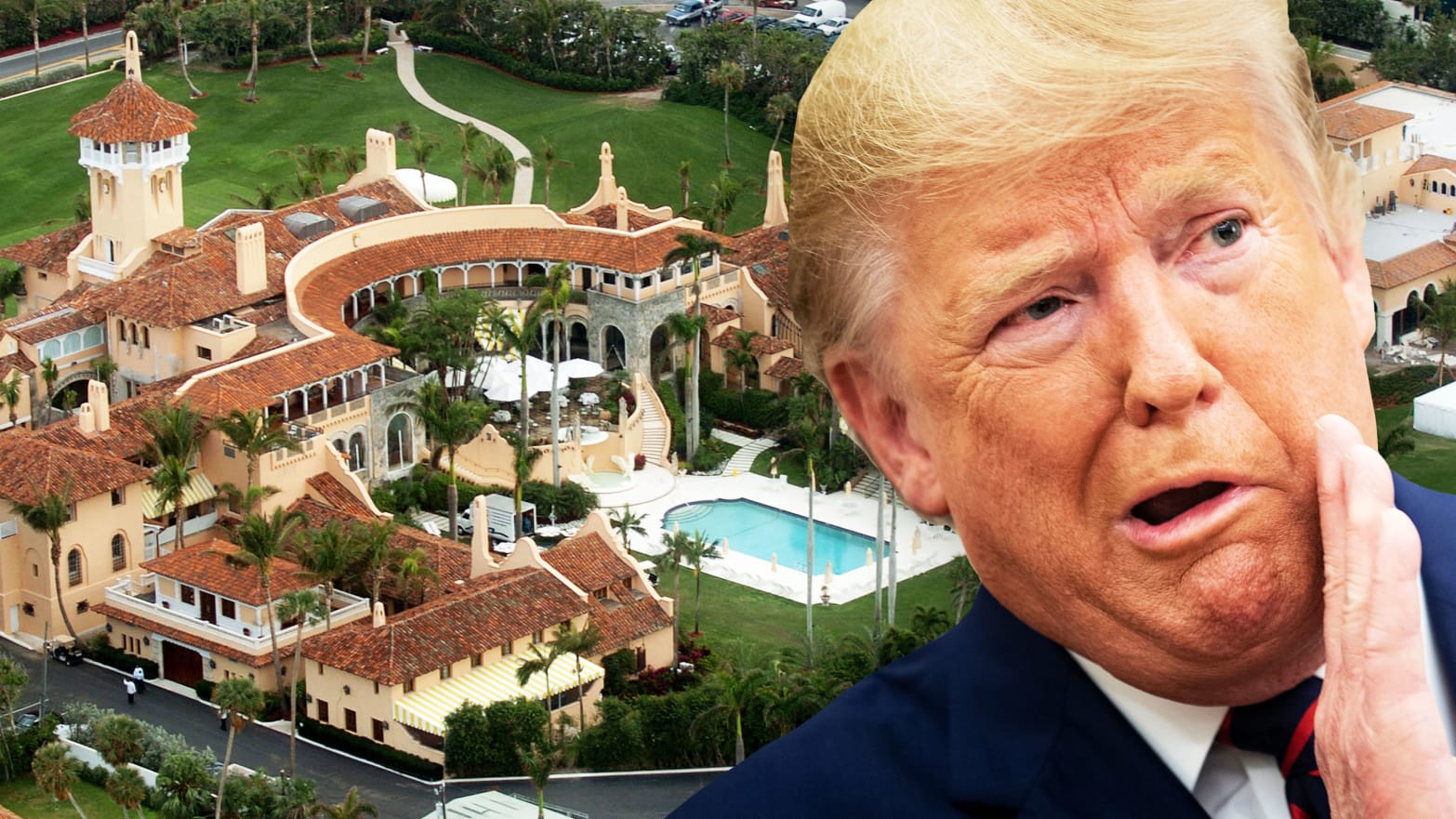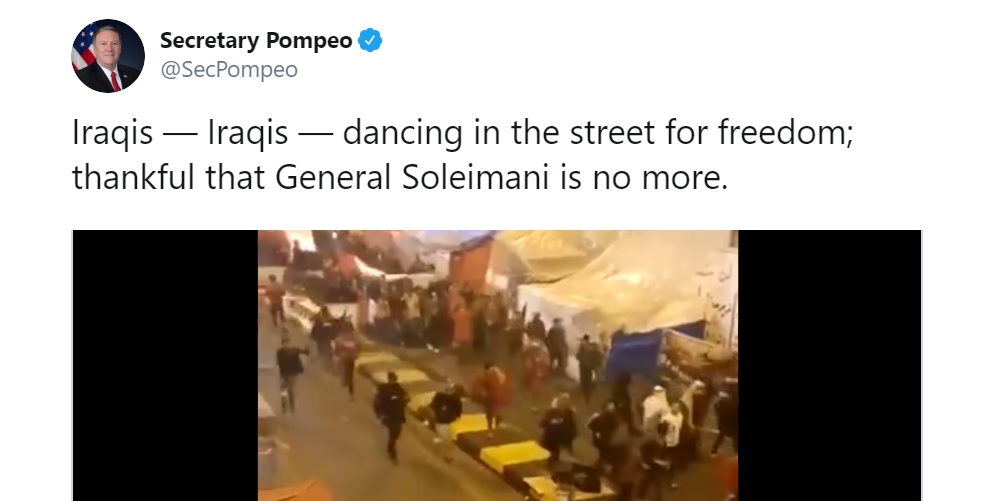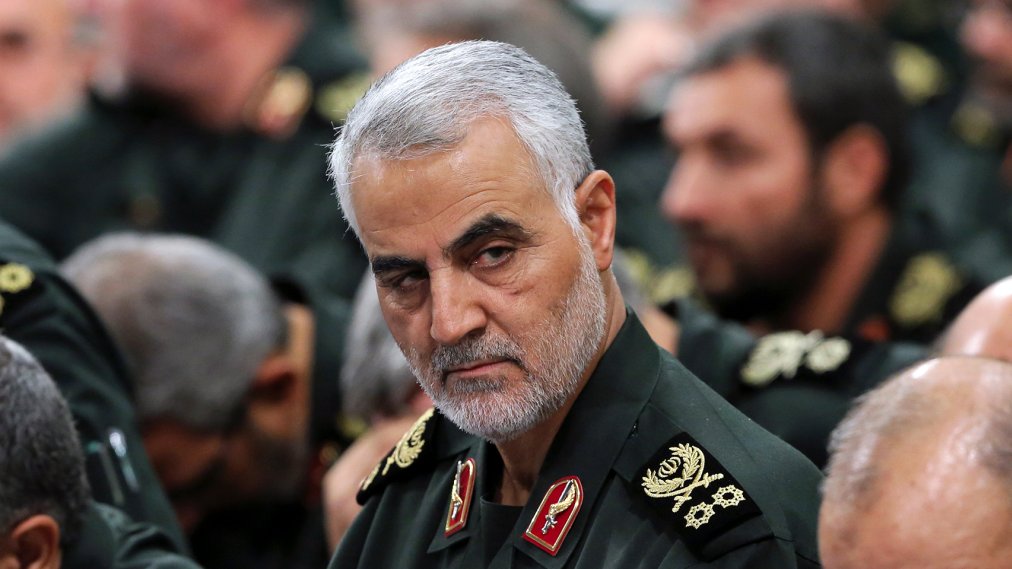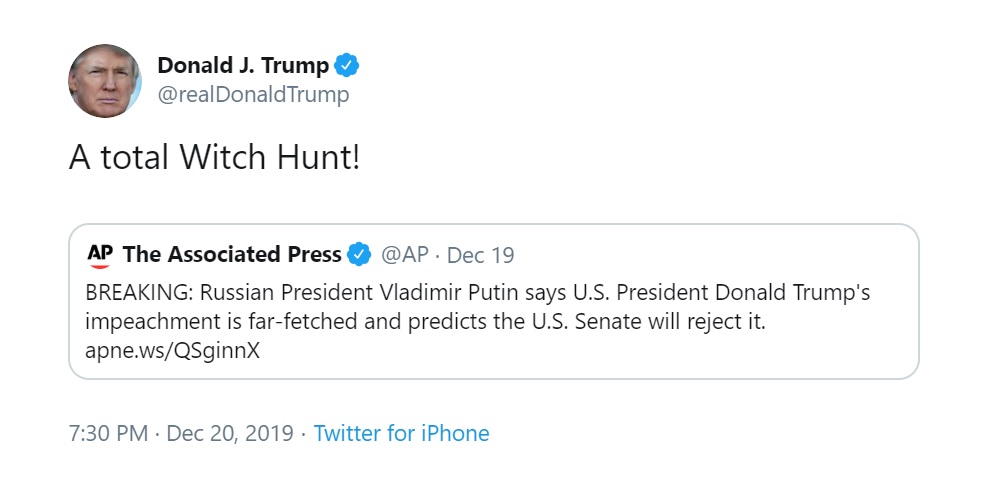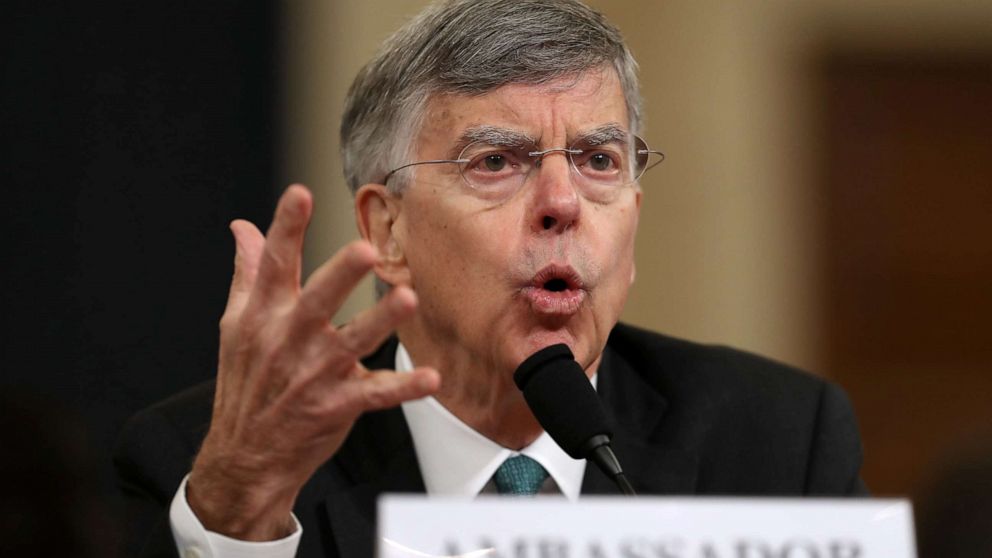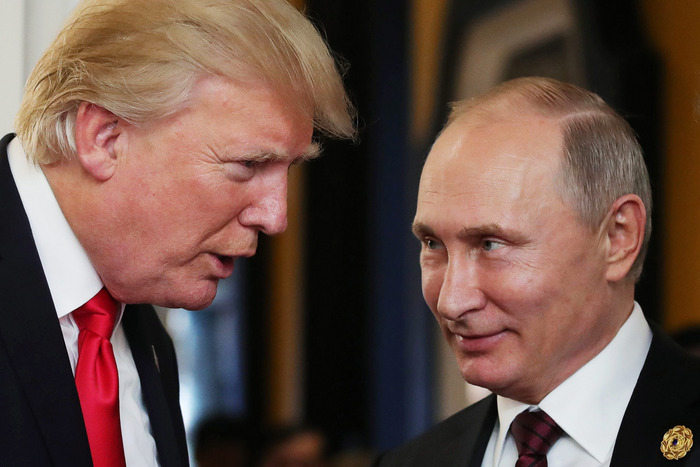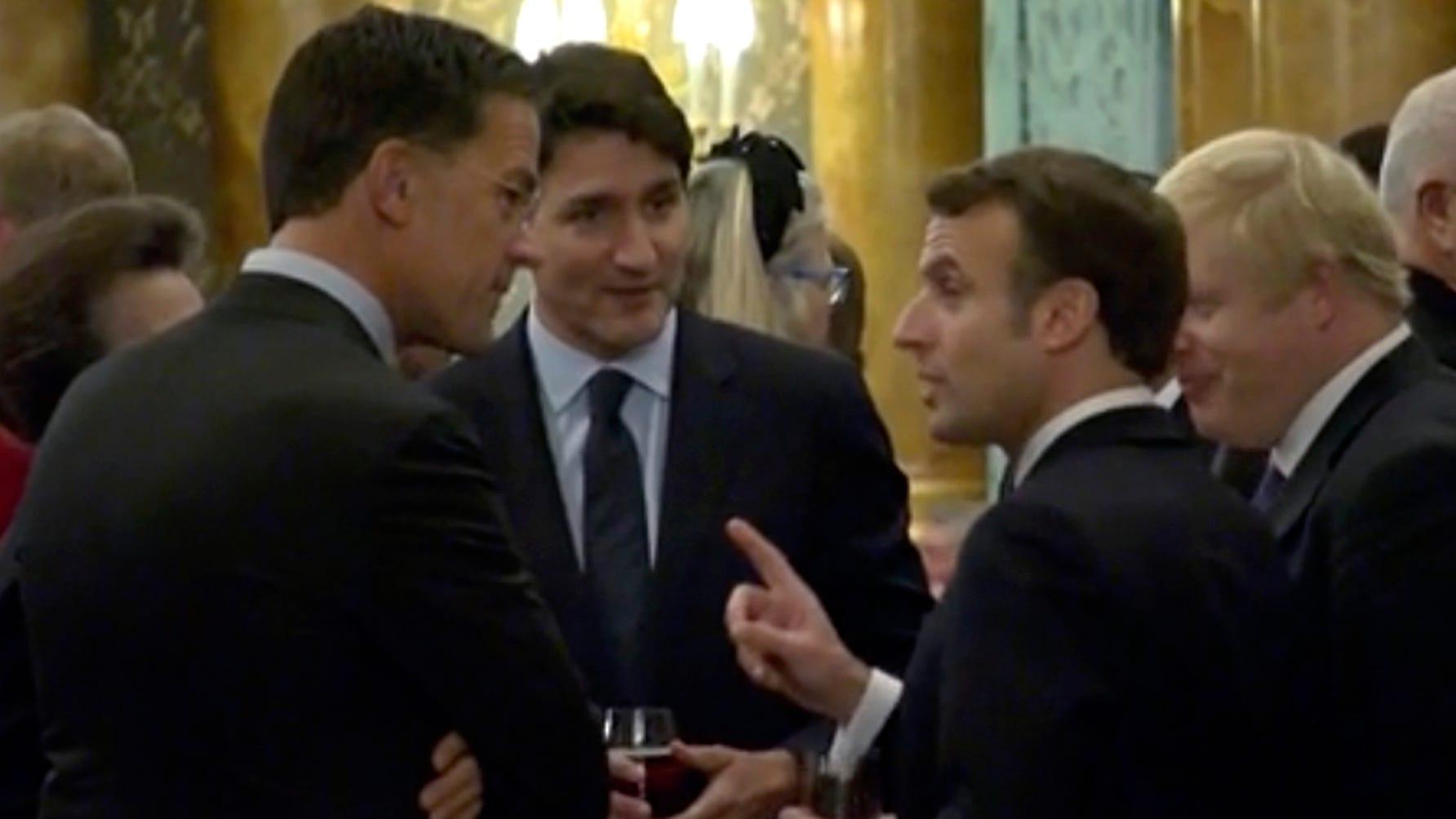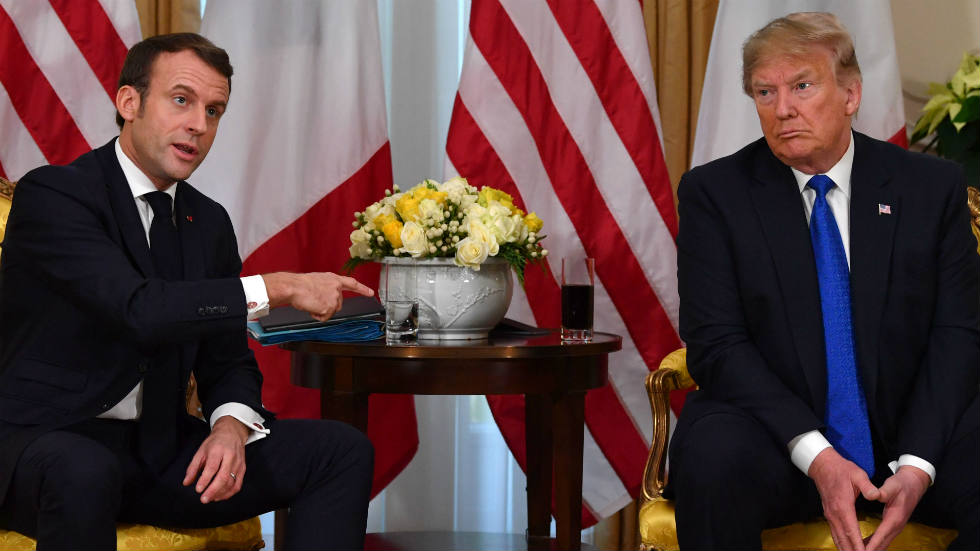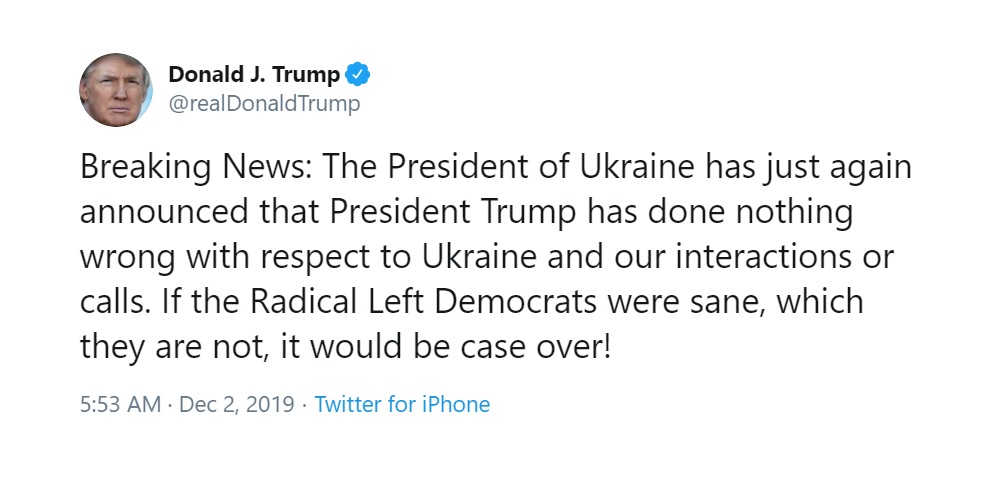Mike Pence shares 9/11 conspiracy theory about Qassem Soleimani in attempt to justify killing
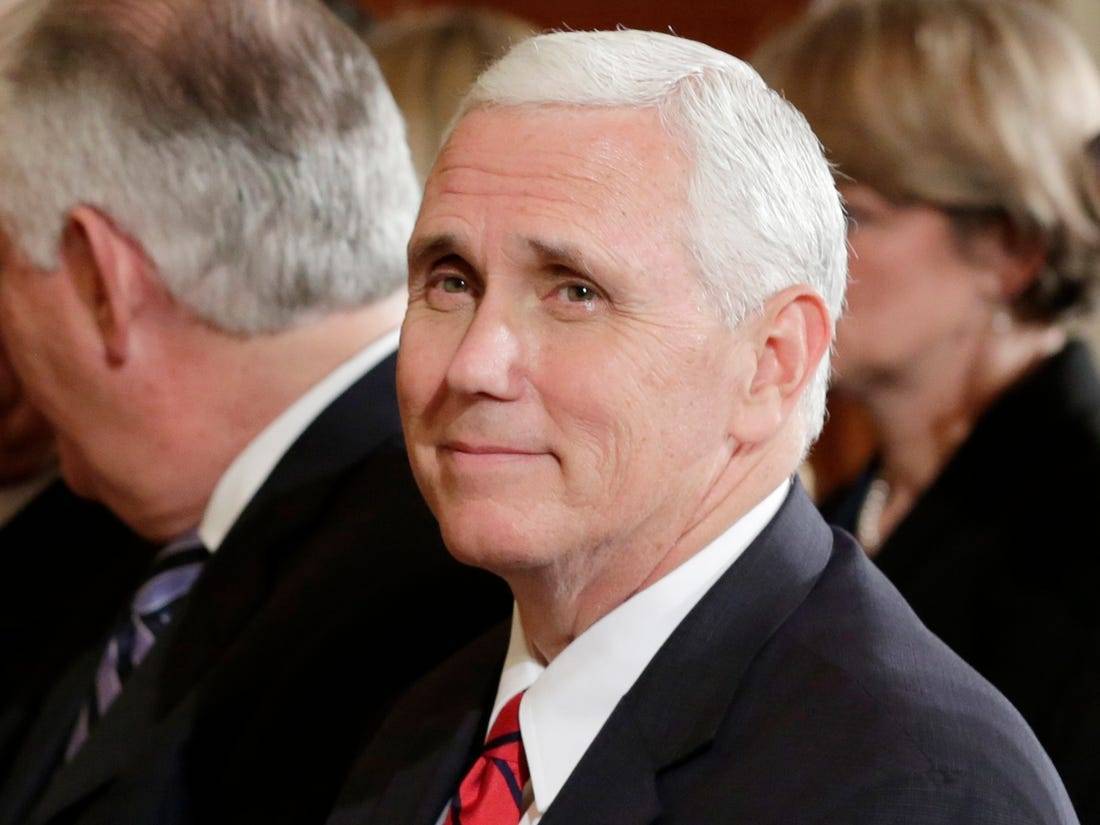
Mike Pence has promoted an unsubstantiated theory linking the 9/11 terrorist attacks to Iran in his defence of the Trump administration’s assassination of Qassem Soleimani.
Donald Trump‘s vice president posted a Twitter thread on Saturday in which he described Iran’s top military commander as “an evil man responsible for killing thousands of Americans”.
In the thread, Mr Pence claimed Soleimani had “assisted in the clandestine travel to Afghanistan of 10 of the 12 terrorists who carried out the September 11 terrorist attacks in the United States”.
However, his accusation is undermined by the conclusions of the official government report on the attacks.
The 9/11 commission report found “no evidence that Iran or Hezbollah was aware of the planning for what later became the 9/11 attack”.
The report added: “At the time of their travel through Iran, the al-Qaeda operatives themselves were probably not aware of the specific details of their future operation.”
Soleimani’s killing is a major escalation in US-Iran tensions and has sparked fears of a direct war between the two countries.
The White House has said the assassination was a “decisive defensive action to protect US personnel abroad”.
In response to the vice president, foreign policy experts were quick to point out there were 19 terrorists who carried out the 9/11 attacks, not 12, and the majority of them came from US allies Saudi Arabia.
Katie Waldman, Mr Pence’s press secretary, later clarified that the vice president was referring to 12 of the 19 hijackers who “transited through Afghanistan”.
“For those asking: 12 of the 19 transited through Afghanistan. Ten of those 12 were assisted by Soleimani,” Ms Waldman wrote, without providing any further evidence for the commander’s involvement.
The 9/11 report does acknowledge at least eight of the hijackers “transited Iran on their way to or from Afghanistan”, but this is thought to be because they were “taking advantage of the Iranian practice of not stamping Saudi passports”.
Although Soleimani was a senior figure in Iran’s Islamic Revolutionary Guard Corps at the time of the attacks, he is not named in the 9/11 commission report.
It is also unclear why the commander, a leading military figure in a majority Shia Muslim country, would have assisted al-Qaeda, a militant Sunni Islamist group with links to Saudi Arabia.
In a 2018 study by the think tank New America, al-Qaeda is said to view Iran as a “hostile entity” and found “no evidence of cooperation between al-Qaeda and Iran on planning or carrying out terrorist attacks” in the documents studied.
Mike Pompeo, the US secretary of state, said in 2019 he had no doubt “there is a connection between the Islamic Republic of Iran and al-Qaeda.”
Reality
See pages 240-241.
